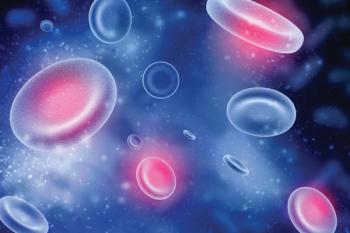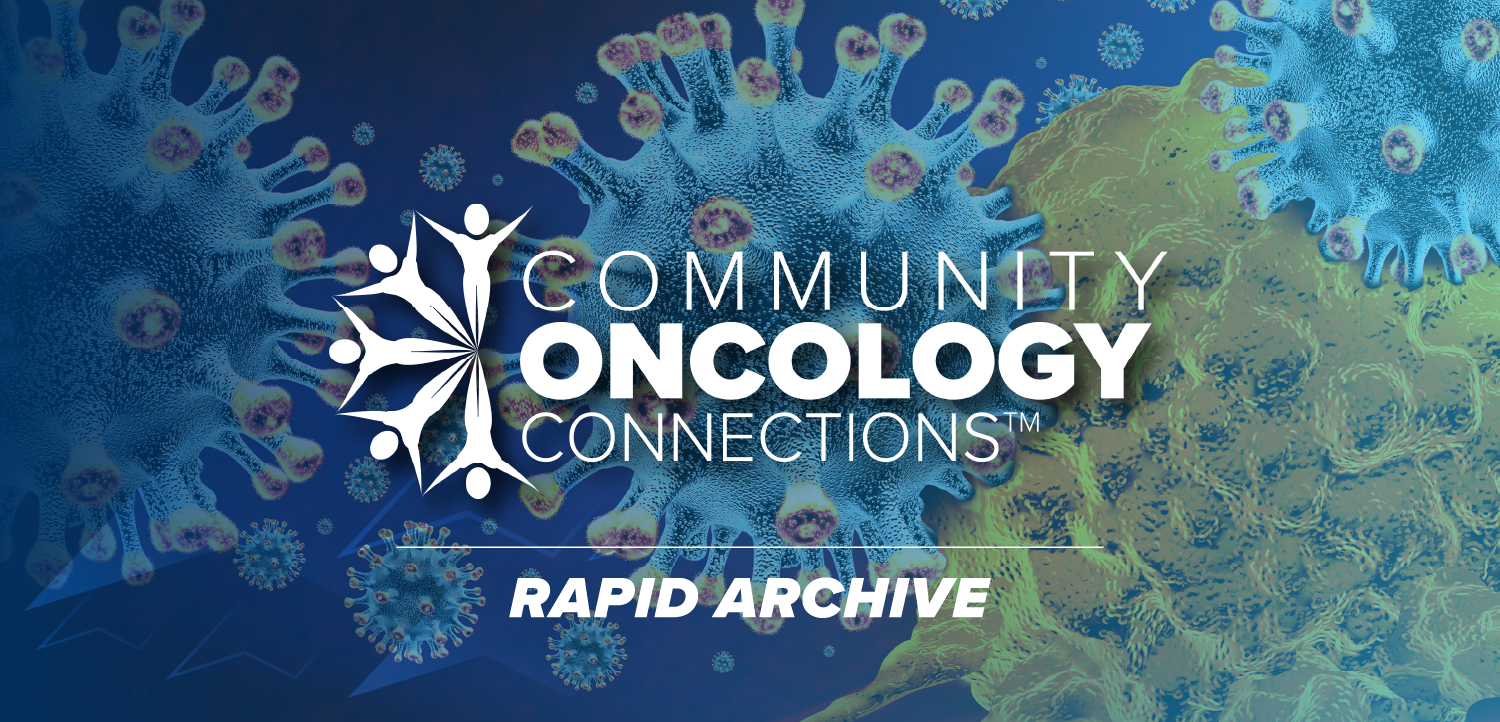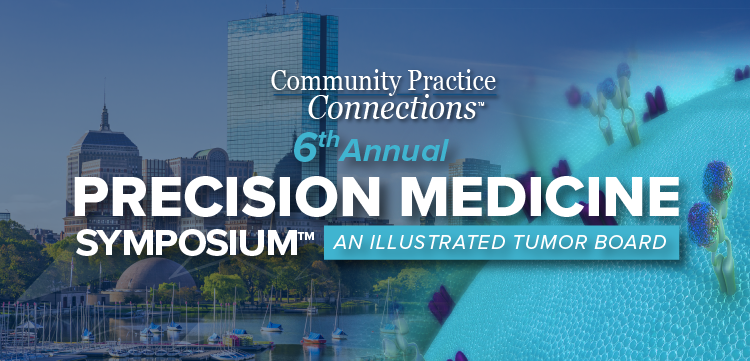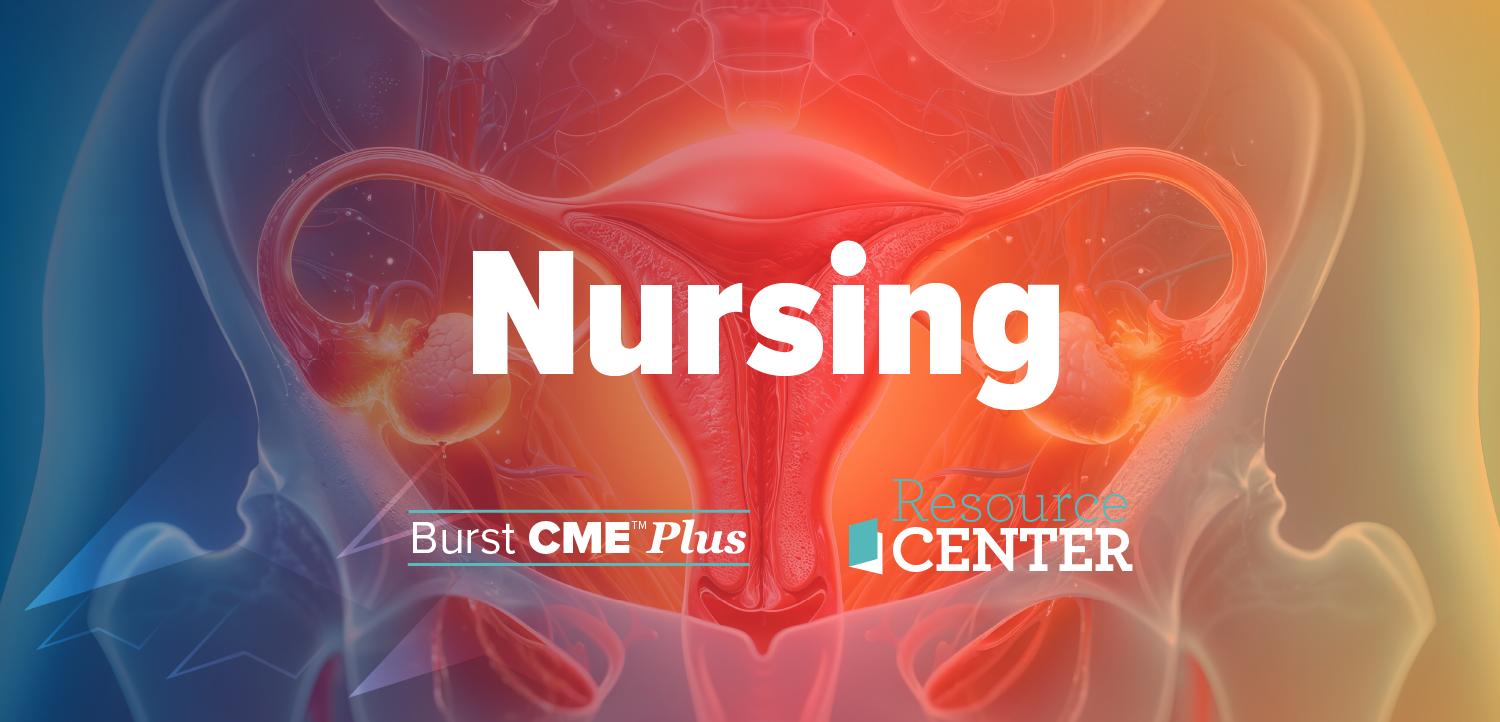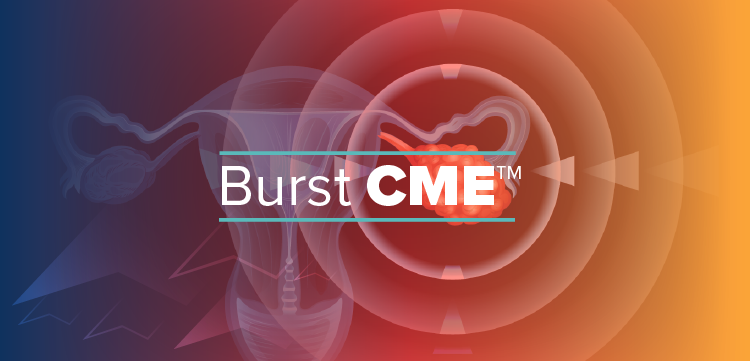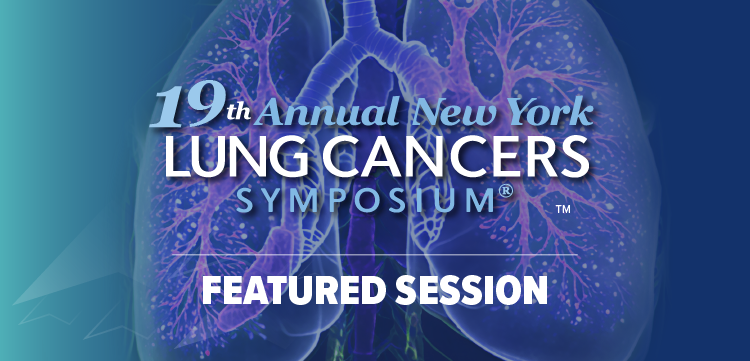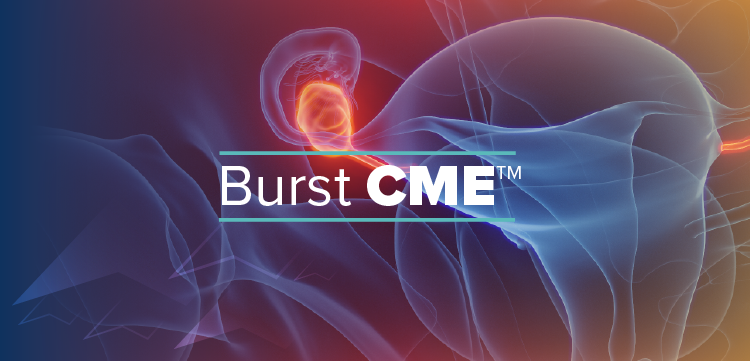
Miami Breast Cancer Conference® Abstracts Supplement
- 42nd Annual Miami Breast Cancer Conference® - Abstracts
- Volume 39
- Issue 4
- Pages: 10
17 Salmonella and the Breast: A Literature Review of Salmonella-Induced Breast Abscesses
Background
Breast abscesses caused by salmonella are especially rare, accounting for less than 1% of cases. This study was prompted by the challenging management of a nonpregnant, nonlactating 22-year-old immunocompromised women with multiple bilateral breast abscesses following a unique prodrome of diarrheal illness. The goal was to identify patterns, risk factors, and effective management strategies through a systematic review of the literature.
Materials and Methods
A literature review of all the documented cases (1907-2024) of salmonella breast abscesses was conducted using PubMed to analyze demographics, clinical presentation, pathogen subtypes, geographic distribution, and treatment outcomes. Statistical analysis was performed using χ2 tests to identify significant associations.
Results
Demographic analysis of 41 cases revealed that women accounted for most cases (90%), with the median patient age being 32 years. The geographic distribution revealed that most cases were reported in India (37%). Statistical analysis showed a significant association between country of origin and salmonella subtype, with more typhoidal species presenting in developing countries (P = .00005). Travel history was documented in 15% of cases, with 83% of patients who traveled to high-risk countries presenting with a prodrome of diarrhea, highlighting exposure as a potential risk factor. Most abscesses were unilateral (90%). Immunocompromised patients were more likely to develop bilateral abscesses (P = .03). Most patients presented with single abscesses (85%). Most patients (61%) presented with prodromal symptoms of diarrhea and fever. Successful treatment universally involved surgical drainage combined with targeted antibiotics.
Conclusion
This literature review emphasizes the rarity of salmonella breast abscesses. The unique prodrome of diarrheal illness and fever in 61% of cases supports the suspected pathophysiology of hematogenous seeding from a systemic infection or lymphatic spread following gastrointestinal colonization. Considering factors such as country of origin, recent travel, gastrointestinal symptoms, lactation status, and immunosuppression is crucial when developing a differential diagnosis and initiating antibiotics. Awareness of rare pathogens not only highlights the importance of obtaining cultures to ensure accurate and effective treatment but also helps to prevent recurrence, mitigate unnecessary antibiotic use, and combat the growing threat of antimicrobial resistance. Ultimately, the findings of this review serve as a call to action for interdisciplinary collaboration across infectious disease, radiology, surgery, oncology, and pathology. By fostering earlier recognition and evidence-based interventions, we can achieve improved outcomes for patients facing this rare condition.
Articles in this issue
Newsletter
Stay up to date on recent advances in the multidisciplinary approach to cancer.


